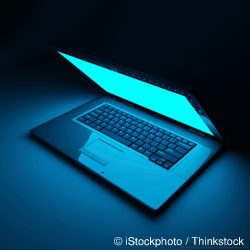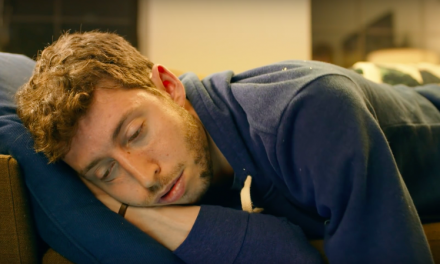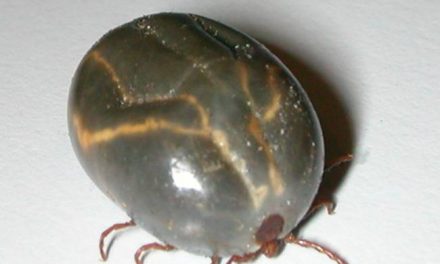Over the last couple of decades, smartphones, laptops, and many other electronic screens have become brighter and bluer due to the addition of powerful blue LEDs. During the day when blue light is plentiful, a little extra exposure from electronic screens doesn’t make much of a difference to our physiology. However, more and more people are staring into bright blue screens late into the night.
In 2014 the National Sleep organization found that 89 percent of adults and 75 percent of children in the U.S. have at least one electronic device in their bedroom, and a large number of them send or answer texts after they’ve initially fallen asleep. With that in mind, engineers and computer programmers are working on various solutions to keep an already sleep-deprived nation from losing even more sleep.
From the article:
“Researchers did not begin amassing concrete evidence that blue LEDs can disrupt sleep until about 15 years ago, but they have had a good idea of the probable mechanism for quite some time. Scientists had discovered back in the 1970s that a tiny brain region dubbed the suprachiasmatic nucleus helps to control the body’s sleep cycles, alertness, temperature and other daily fluctuations. Studies showed that the suprachiasmatic nucleus prompts the brain’s pineal gland to produce melatonin every evening.”
Earlier this century biologists uncovered exactly how this signaling process happens. As it turns out, the missing link was a previously unknown type of light-sensitive cell in the human eye, distinct from the familiar rods and cones that are responsible, respectively, for night and color vision. This third so-called photoreceptor tracks the amount of blue light in the environment and reports back to the suprachiasmatic nucleus. Thus, when there is a lot of blue light (as when the sun is overhead), this particular photoreceptor prompts the suprachiasmatic nucleus to tell the pineal gland not to make much melatonin, and so we stay awake. When the sun begins to set, however, the amount of blue light diminishes, triggering a surge in melatonin levels, prompting us to fall asleep.”
So, given this information and the fact that people are continuing to use their devices at night, scientists have started to investigate potentially helpful remedies. Several studies have shown, for instance, that wearing orange-tinted plastic goggles- which filter out the blue light emanating from electronic devices- helps to prevent melatonin suppression (yes, you’ve seen me wear them). In fact, glasses like these are available for as little as $8 or as much as $100 (I like these ones:Uvex S1933X Skyper Safety Eyewear)
Then there’s Lorna and Michael Herf- creators of f.lux. About a decade ago the duo, a software developer, and her husband, a computer programmer, engineered a crafty solution to minimize blue light issues. They wrote some code to change the number and wavelength of the photons emitted by their computer screens as a day progressed. Their goal was to mimic natural shifts in ambient light as closely as possible, transitioning from the bright, bluish-white light of the morning and afternoon hours to a dim, orange glow in the evening. Since the Herfs released the program for free in 2009, f.lux has been downloaded more than 20 million times.
Currently, the most affordable solutions are computer programs like f.lux, or Apple’s “Night Shift” function for the iPhone and iPad. (To date, no researchers have tested f.lux or Apple’s Night Shift in a controlled study.) But, regardless of scientific studies, the best plan is to refrain from all screens and bright lights for at least a few hours before bedtime. We were created to rise and sleep with the sun and until that changes, we should do what is best for our bodies.
Source: Scientific American












